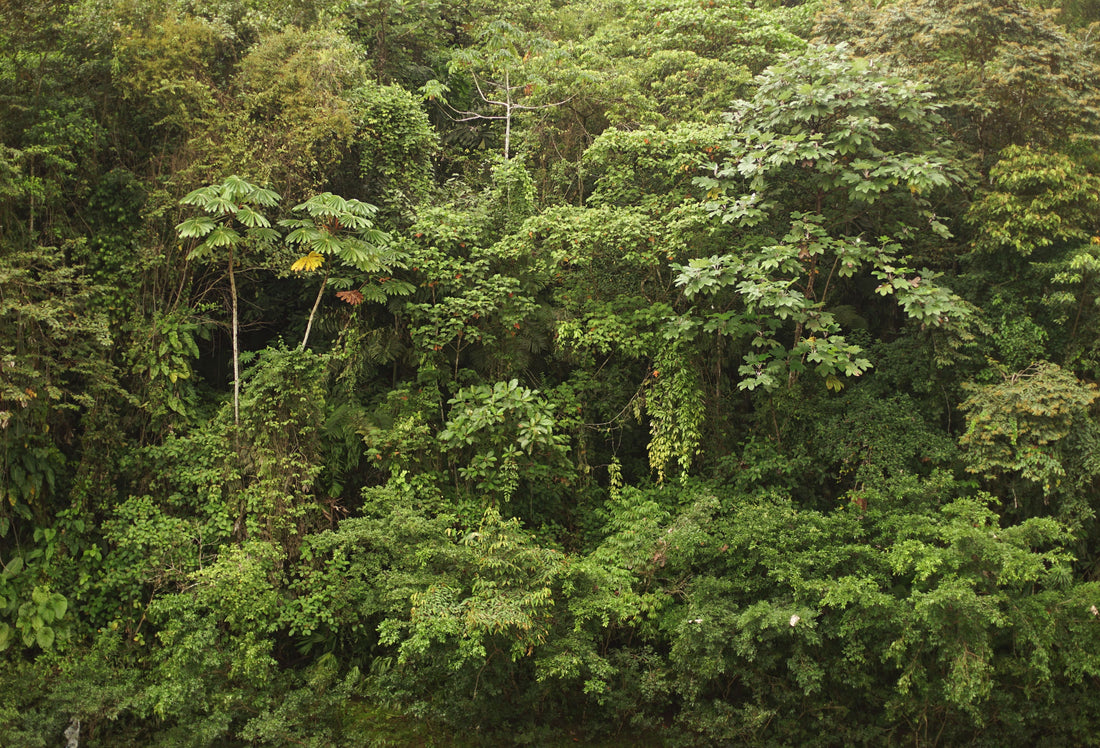
3 species of trees that we plant in Saving the Amazon.
![]()
 Cupuacu:
Cupuacu:
This tree is native to the Brazilian Amazon , the eastern part of the jungle, and was first brought to the Colombian Amazon to Putumayo from where it has spread. The Copoazú bears fruit all year round, but the season of greatest production is between April and June.
It is also known as white cacao and is highly desired by the communities since the fruit can be used in its entirety . The pulp is sweet and juices, sweets, jellies and jams are made with it. The Seed, for its part, contains high levels of protein and fat, with which chocoazu is made, a product very similar to chocolate.
This tree can grow up to 18 meters in the wild, this is three times the height of an average giraffe! And its leaves can be up to 35 cm long and 10 cm wide. It really is an imposing tree with delicious fruit.

Cocoa
The word cacao means "food of the gods" . Its origin is in South America from where it spread to Mexico. This tree flowers throughout the year, but its fruits ripen mainly in the rainy season.
In cultivation it is a short tree, but in the wild it can grow up to 20 meters, and to develop optimally it usually grows under the shade of larger trees.
As many of us already know, the main use of cocoa is that of the seed of its fruit for the production of cocoa and chocolate.
In the territories in which we work , it is a very desirable tree , but it is scarce, it is more common to find species such as cacao de monte, which communities and animals feed on.

Moriche:

Would you like to know more about the other tree species that we plant in the Amazon? Together with the indigenous communities we plant more than 30 different species , each one is used in a different way and offers different benefits to the communities and the entire ecosystem. Dare to have your name planted next to one of these trees and transform the lives of indigenous communities, click here and discover more.



